There’s an unspoken rule when it comes to Japan’s dining culture: if you know, you know. The best izakayas? Hidden down alleys with no signage. That tiny kaiseki restaurant in Kyoto? Good luck getting a seat if your grandfather’s friend doesn’t know the owner. For decades, that’s just how it worked. The exclusivity, the mystery — it was all part of the charm.
But times have changed. Travelers aren’t flipping through guidebooks anymore. Locals aren’t relying on a friend-of-a-friend recommendation. Everyone’s searching online. And if your beloved backstreet izakaya or centuries-old kaiseki spot isn’t online, it basically doesn’t exist. That’s why even the most old-school establishments are figuring out how to create a restaurant website, because staying hidden might sound romantic — until it starts hurting your bottom line.
Let’s be clear, building a website isn’t some hipster trend. It’s about survival. Platforms like one.com are giving restaurants the tools to create a digital space that doesn’t just list your opening hours — it tells your story, flaunts your dishes, and convinces people you’re worth that reservation weeks in advance.
Your Food Might Be Timeless, But Diners Are Not
It’s not that Japan’s food scene suddenly woke up one day obsessed with tech. It’s the customers who’ve changed. A 2023 Statista report confirms that over 70% of Japanese consumers now look up a restaurant online before stepping foot inside. That’s not just tourists — it’s locals too. If your restaurant doesn’t show up online, you’re already missing out.
Word of mouth? Sure, it still works, but only after someone’s Googled you, checked your photos, skimmed your menu, and read a few reviews. Relying on a handwritten signboard and hoping for the best isn’t a strategy anymore. Especially when the competition has stunning websites, online menus, and reservation buttons right on their homepage.
And let’s face it — this is Japan. A nation obsessed with craftsmanship, detail, and aesthetic perfection. If your restaurant’s food presentation is flawless but your website looks like it was built in 2005, that’s a disconnect. A website is just another way to showcase your precision and taste, without the pressure of actually plating a dish.
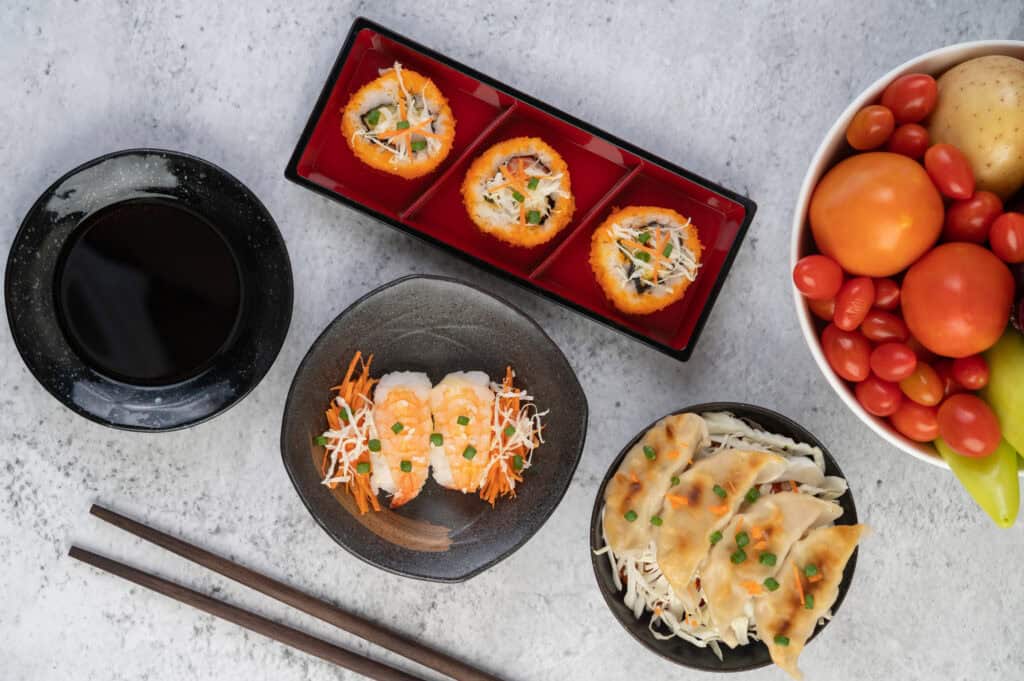
Kaiseki, Izakayas, and the Art of Looking Good Online
Kaiseki restaurants have the most to gain here. Kaiseki isn’t just a meal, it’s an experience. Every course, every plate, every season has meaning. But how do you explain that to someone scrolling on their phone? Through a well-crafted website that walks people through the philosophy behind your cuisine, the chef’s story, the symbolism of each dish.
Then there are izakayas. These lively, often chaotic spots aren’t usually concerned with elegance, but they do have stories. Maybe it’s the third-generation owner still manning the grill, or the rare sake collection that keeps connoisseurs coming back. A website is where you capture that vibe, that history, that “only in Japan” feeling. With platforms like one.com, even the smallest family-run izakaya can have a digital home that feels as authentic as the tatami mats underfoot.
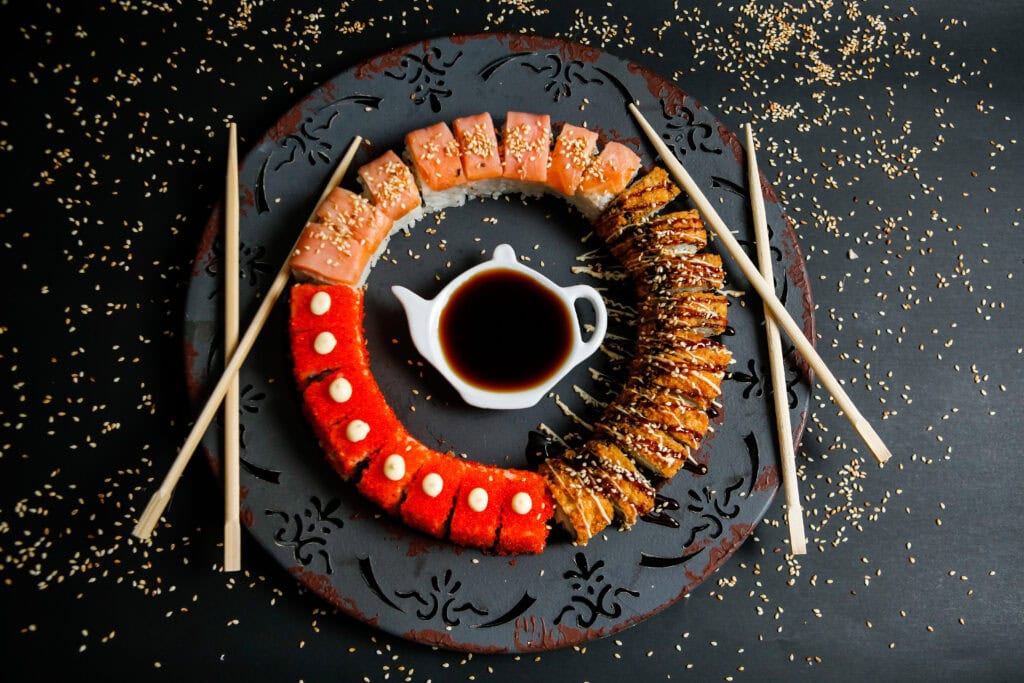
Don’t Mistake Tradition for Stubbornness
Let’s not pretend that every restaurant in Japan is racing to get online. There’s hesitation, sure. Some owners think that going digital means losing authenticity — but that’s nonsense. A website doesn’t erase history; it documents it. It makes sure that when a curious foodie in Berlin or Seoul Googles “best yakitori in Tokyo,” they find you, not just the generic chain next door.
There’s also the hard truth that Japan’s population is aging. If younger diners can’t find you on their phones, they’re not coming. The tourists? They expect to book a table online, skim the menu, see photos — sometimes months before they even land in the country. A dusty listing on some outdated review site isn’t going to cut it.
The Digital Era Isn’t Coming, It’s Here
Japan’s dining culture is at a crossroads. The reverence for tradition is what makes it globally iconic, but even the most iconic spots need to adapt. The pandemic only accelerated this; customers now expect contactless reservations, real-time updates, and clear communication, all of which start with a proper website.
Learning how to create a restaurant website is no longer optional if you want to compete in Japan’s hyper-evolved food scene. Tools from one.com make it easier than ever to bridge that gap between analog charm and digital necessity.
For anyone still in doubt, just follow The Japan Times, where reports on Japan’s fast-paced digital evolution make one thing clear: if your restaurant isn’t online, it might as well not exist
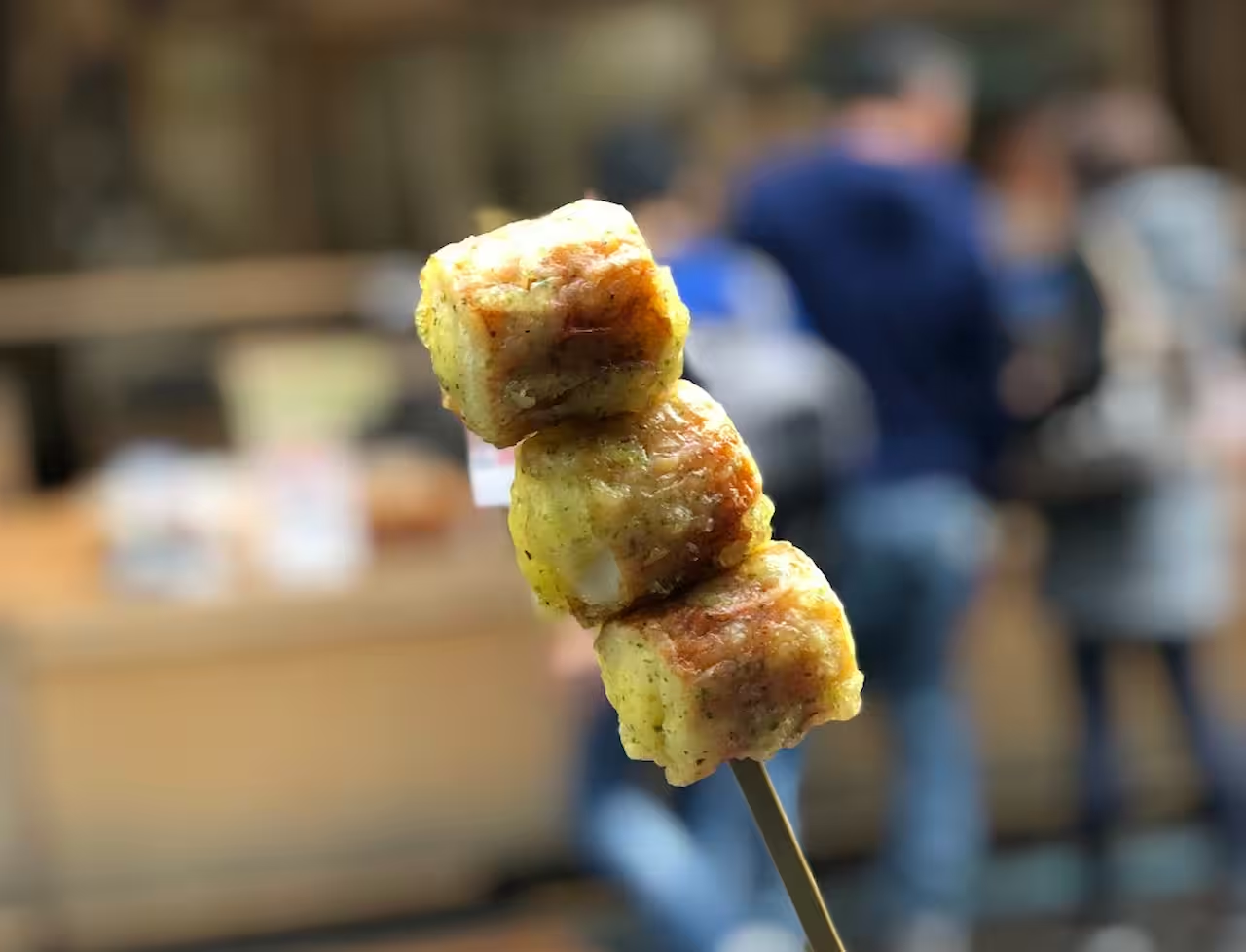
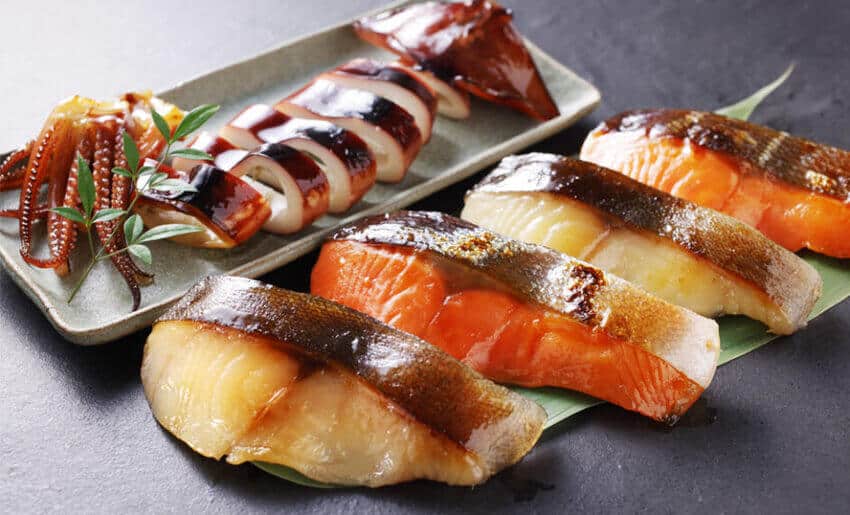

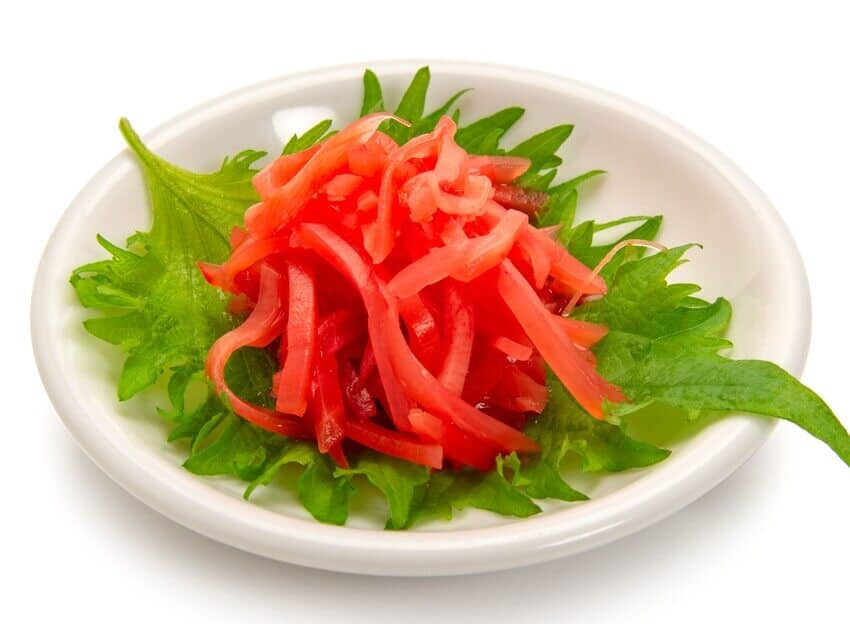
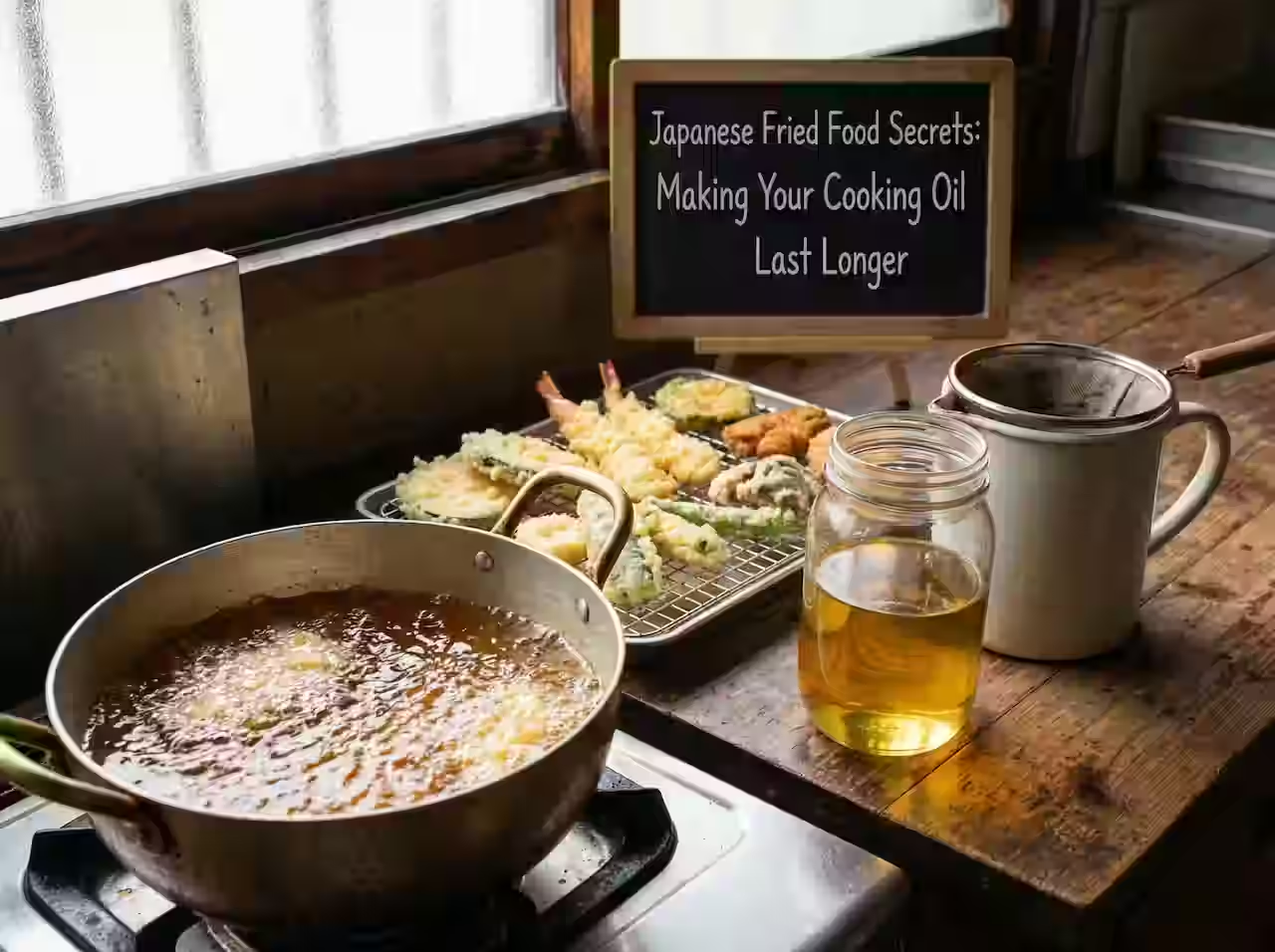

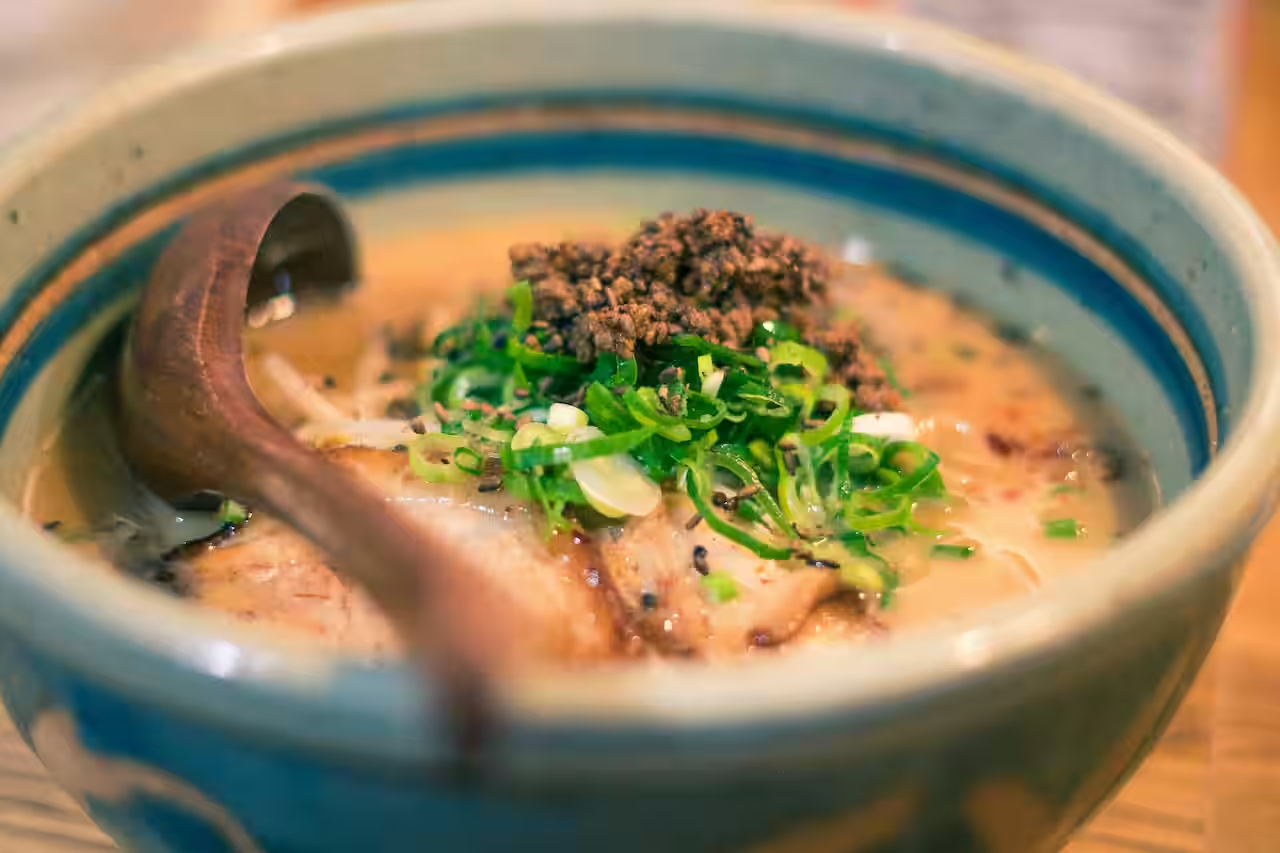


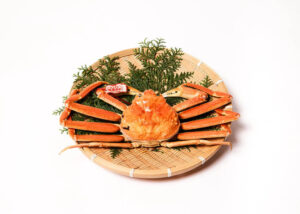
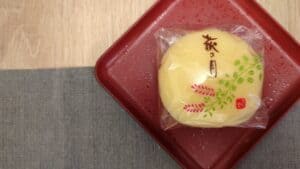
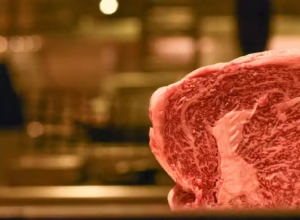
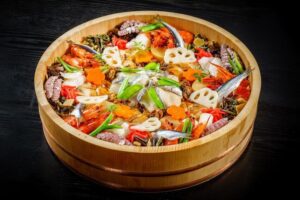

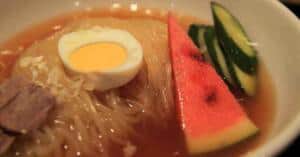

Comments